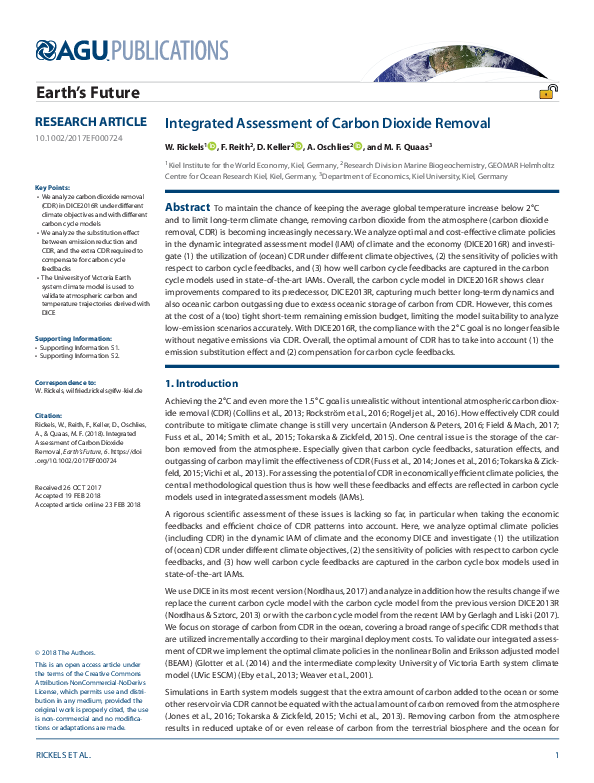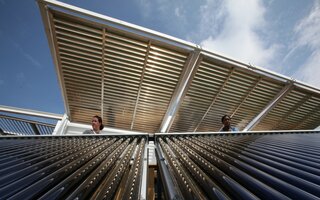To maintain the chance of keeping the average global temperature increase below 2°C and to limit long-term climate change, removing carbon dioxide from the atmosphere (carbon dioxide removal, CDR) is becoming increasingly necessary. We analyze optimal and cost-effective climate policies in the dynamic integrated assessment model (IAM) of climate and the economy (DICE2016R) and investigate (1) the utilization of (ocean) CDR under different climate objectives, (2) the sensitivity of policies with respect to carbon cycle feedbacks, and (3) how well carbon cycle feedbacks are captured in the carbon cycle models used in state-of-the-art IAMs. Overall, the carbon cycle model in DICE2016R shows clear improvements compared to its predecessor, DICE2013R, capturing much better long-term dynamics and also oceanic carbon outgassing due to excess oceanic storage of carbon from CDR. However, this comes at the cost of a (too) tight short-term remaining emission budget, limiting the model suitability to analyze low-emission scenarios accurately.With DICE2016R, the compliance with the 2∘C goal is no longer feasible without negative emissions via CDR. Overall, the optimal amount of CDR has to take into account (1) the emission substitution effect and (2) compensation for carbon cycle feedbacks.






